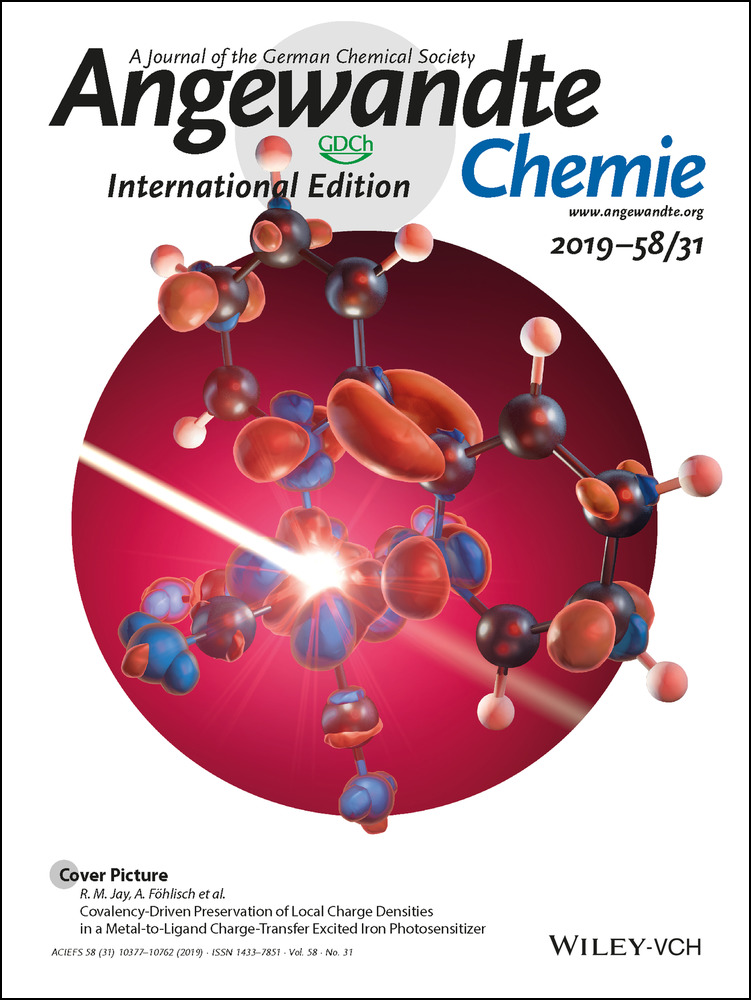Dual-Responsive Photocatalytic Polymer Nanogels
Graphical Abstract
Abstract
Selective activation of photocatalysts under constant light conditions has recently been targeted to produce multi-responsive systems. However, controlled activation, with easy recovery of the photocatalysts, induced by external stimuli remains a major challenge. Mimicking the responsiveness of biological systems to multiple triggers can offer a promising solution. Herein, we report dual-responsive polymer photocatalysts in the form of nanogels consisting of a cross-linked poly-N-isopropylacrylamide nanogel, copolymerised with a photocatalytically active monomer. The dual-responsive polymer nanogels undergo a stark decrease in diameter with increasing temperature, which shields the photocatalytic sites, decreasing the activity. Temperature-dependent photocatalytic formation of NAD+ in water demonstrates the ability to switch photocatalysis on and off. Moreover, the photocatalysed syntheses of several fine chemicals were carried out to demonstrate the utility of the designed material.





